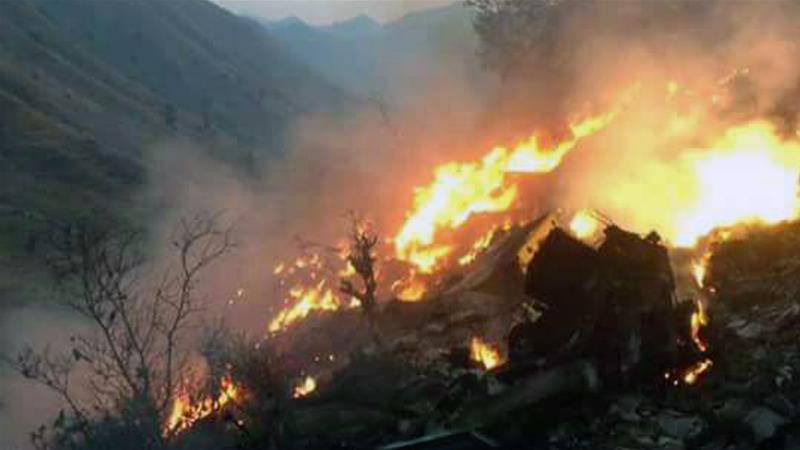The plane crash of the Pakistan International Airlines (PIA) flight PK-661, en route to Islamabad from Chitral led to the deaths of 42 passengers – 31 men, 9 women and 2 infants – and five crew members.
Former singer-turned evangelist Junaid Jamshed was one of those that lost their lives alongside his third wife and DC Chitral Osama Ahmed Warraich. Jamshed’s passing has led to an outpouring of grief, support, and reminiscences of his past career on social media. While we have many differences that drive us apart, our tragedy is shared and we are one in this time of grief for all those who have lost their loved ones.
The crash requires a deep revaluation of safety standards of the national airline. Questions must also be asked to avert catastrophic incidents like this in the future. Initial reports have suggested that there was a technical fault in the second engine, which led to the crash, but considering that all planes have to be meticulously checked for faults both before and after take-off, what is stopping the pre-emption of disaster?
A quick review of major plane crashes in Pakistan reveals that PIA was involved in eight out of the sixteen major crashes that took place in the country since 1965. While one can pin it to bad luck, the element of human error undoubtedly has a role to play. With this crash, the national flag carrier will be painted as a disaster-prone airline of the world, confirming what international studies have been saying since 2014. It is not just the PIA, but other smaller Pakistan-based airlines have been accused of a similar laxity leading to avoidable disasters – the only reason they miss out on the rankings for the worst airlines is because they are too small to count.
Pakistani airlines in general, and PIA and particular, need to ensure the safety of their passengers and crew above all else.






